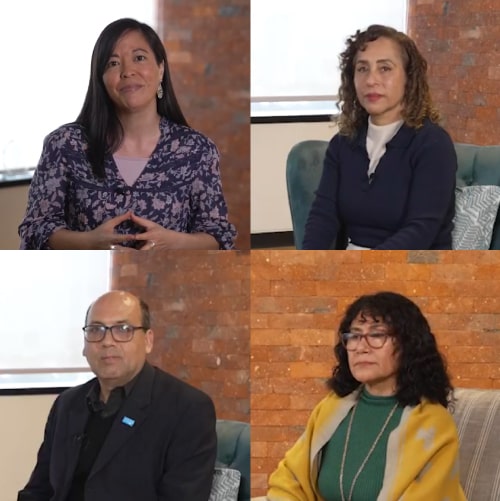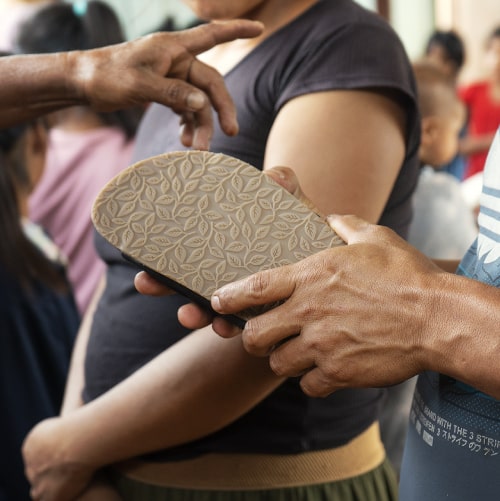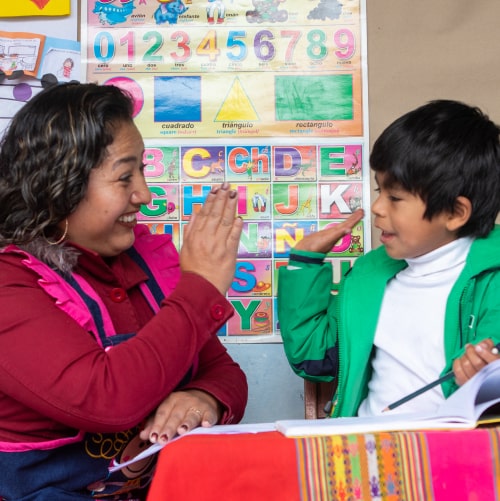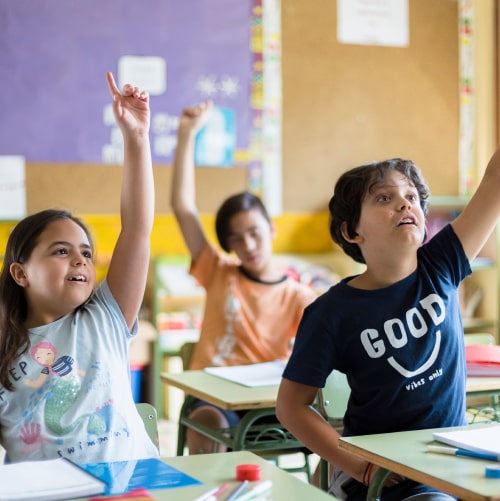Inclusive classrooms are much more than just teaching venues. They are environments where students can fully develop in all their diversity. These educational environments not only welcome the variety of abilities and characteristics of each student, but celebrate these differences as enriching elements for the whole group. In this context, inclusive pedagogy becomes a beacon that guides us toward a more equitable and respectful society.
What are inclusive classrooms?
Inclusive classrooms are educational environments designed to welcome diversity in all its manifestations. Here, inclusion is not just a word, it is a philosophy that translates into concrete practices. It means that every student, regardless of ability, background, gender, or other characteristic, has a place and a voice in the learning process.
What elements should inclusive classrooms have?
Inclusive classrooms must be like a warm and welcoming embrace for every student, regardless of their differences. Below is a list of the fundamental elements that make them true venues of integration:
- Diversity in teaching methods
Inclusive classrooms use a variety of pedagogical methods and strategies to reach each student. From visual to hands-on learning, the aim is for everyone to find the key that opens their door to knowledge. - The curriculum adapts to the needs of the students
The curriculum becomes a flexible map that adjusts to the individual needs of each student. Speeds, materials and learning destinations are modified to ensure inclusion. - Learning environments are flexible
Inclusive classrooms are dynamic venues that adapt to the needs of students. From reading corners to group work areas, they encourage autonomy and choice in learning. - They are venues where respect and empathy must prevail
They must be environments where every voice is valuable. Here, differences are valued and an atmosphere of acceptance and understanding is fostered. - Teachers attentive to the individual needs of students
Each student receives the support required to reach their full potential. Teachers are attentive to the individual needs of each student, providing the appropriate guidance for their academic and personal development.

Types of students most benefited by inclusive classrooms
Inclusive classrooms benefit students. First of all, those who have functional diversity, given that they find in these venues an environment where they are accepted and supported. Moreover, curricular adaptations and an atmosphere of respect allow them to participate fully in educational activities.
Also, introverted students also benefit from these classrooms, as they have multiple forms of participation and an atmosphere of acceptance. Here, they are given the opportunity to express themselves comfortably and contribute to the group.
Finally, under the interculturality approach, students from diverse cultures and backgrounds are valued for their experiences and knowledge, given that this fosters respect for cultural diversity and creates opportunities to learn from each other.
In this way, they are educated with respect for differences, the appreciation of diversity and an active and inclusive citizenry from the classroom, to project it in social coexistence in the school and the community.
You can also read:









